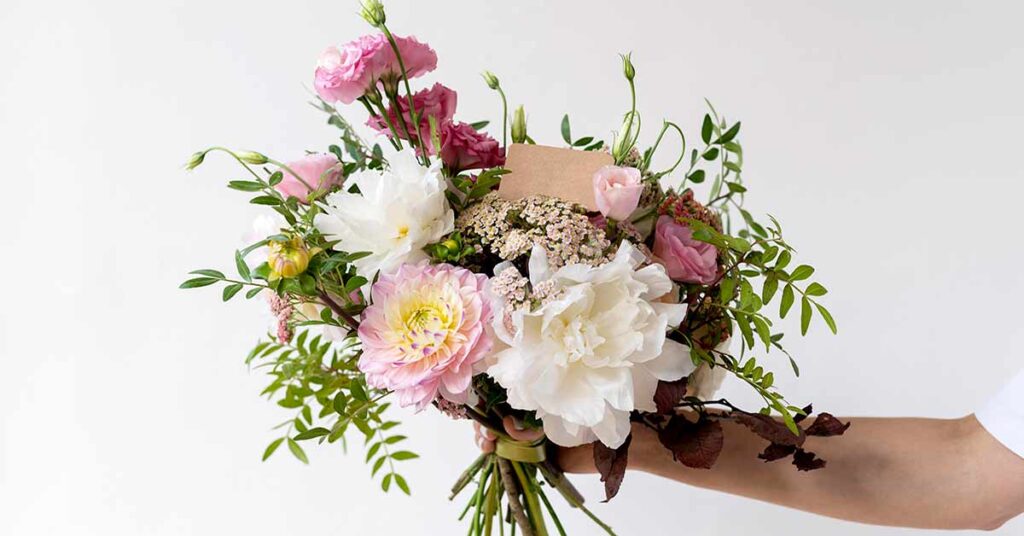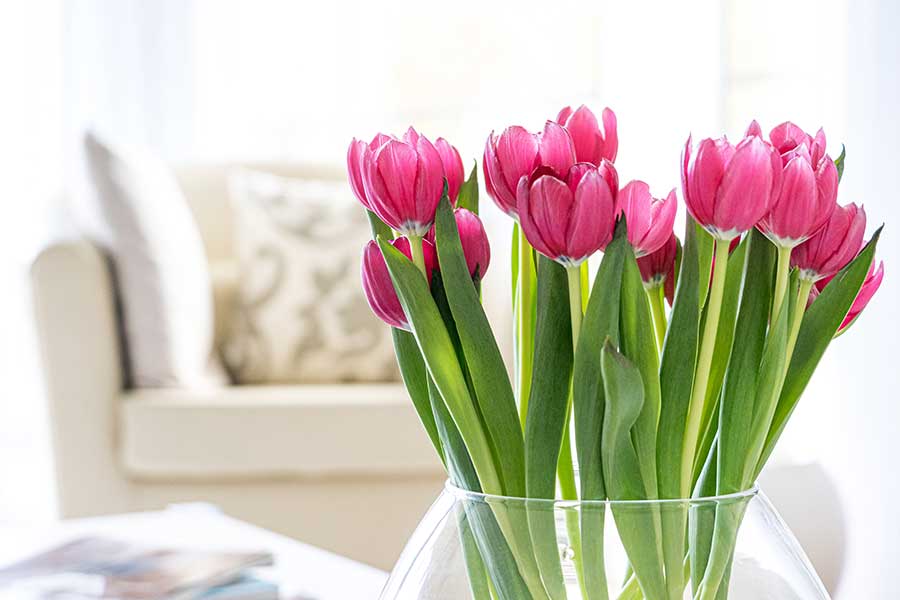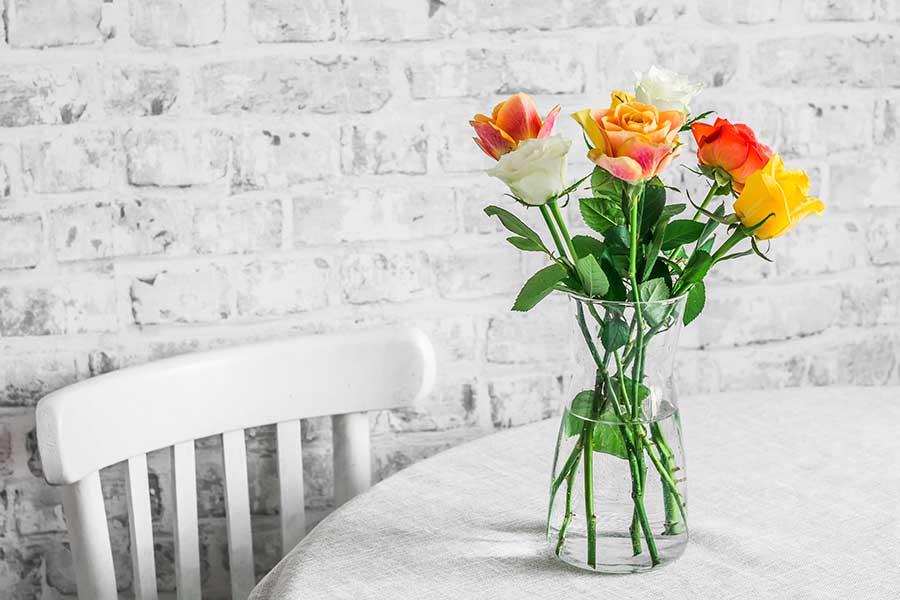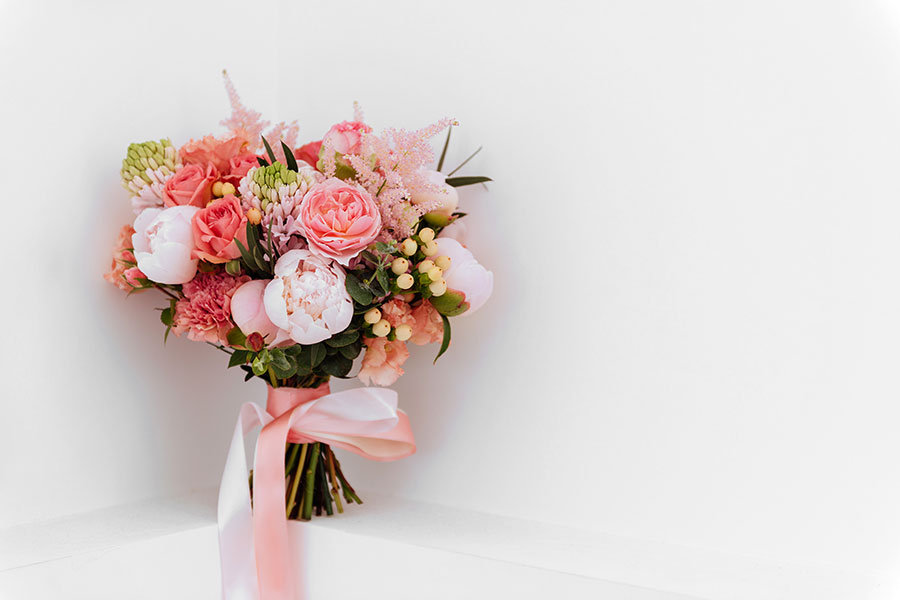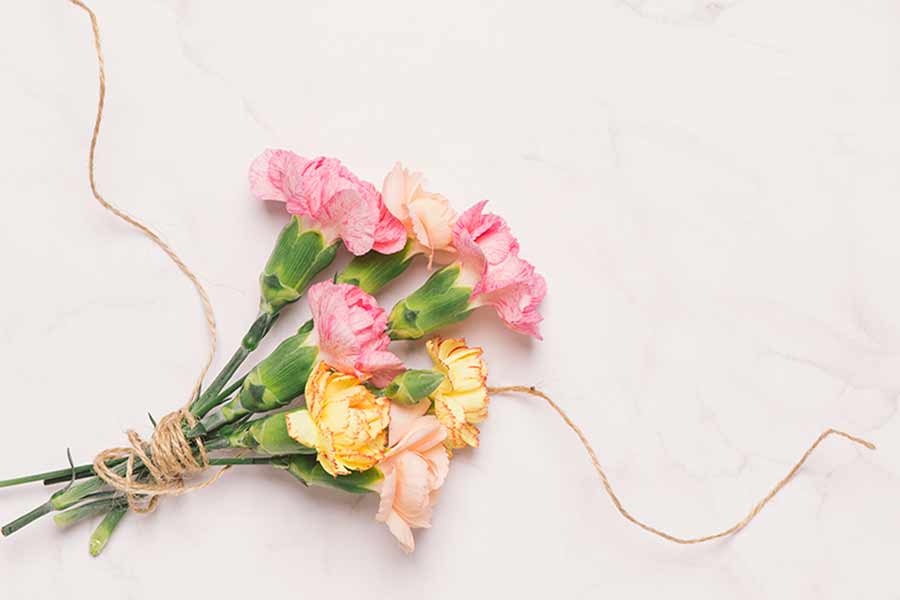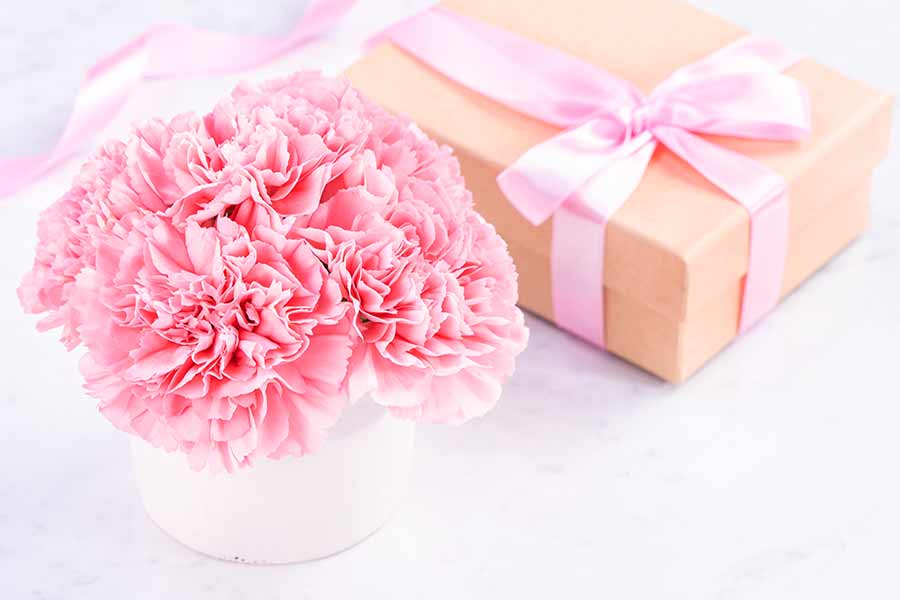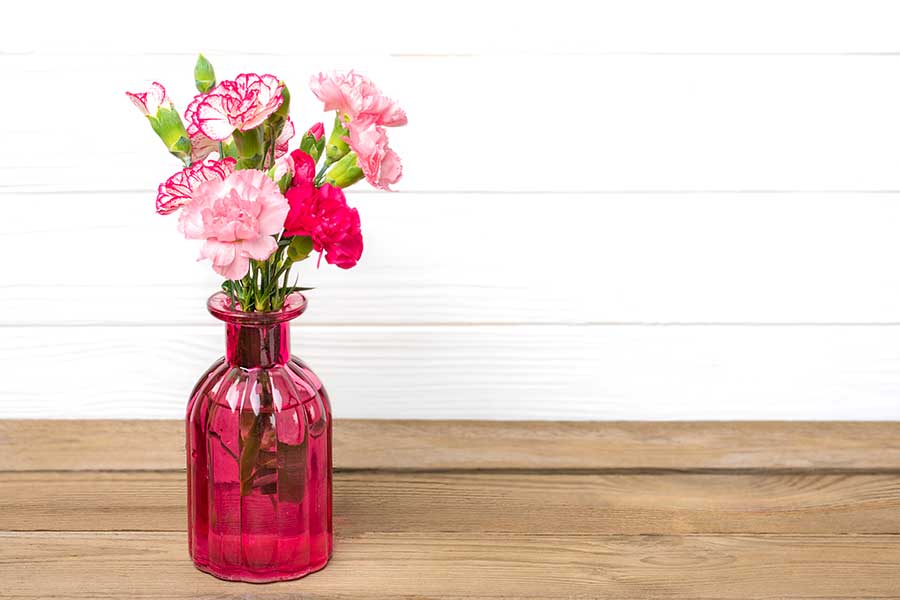Mother’s Day has always been, at the foremost, about celebrating the most important women in our lives: our mothers, grandmothers, aunts, caregivers, and all the women who take care of us. Flowers have been the traditional gift for more than a hundred years, as they are the perfect way to brighten someone’s day, and are perfect for special occasions.
The History of Mother’s Day
In 1908, a woman named Anna Marie Jarvis wanted to commemorate the life of her dearly beloved mother, who had died the previous year. On May 8th, she campaigned for a day where mothers would be celebrated. It became a official holiday in Canada in 1915, and has celebrated ever since.
What flowers to give on Mother’s Day?
Most often, people are attracted to bright, happy colours to make a bouquet fit for the occasion. There are, however, some flowers which are more easily associated with Mother’s Day.
Tulips are a mother’s favourite, as they signify the beginning of spring and summer, and are as colourful as they are long-lasting. In Montreal, it might be a little early in the season for peonies, but, if you’re lucky, they are also a perfect symbol for love and gratitude. Orchids are the modern and elegant alternative for a woman ahead of her time, with a timeless style. Roses are the most traditional of the typical Mother’s Day flowers, and, yet, they are still just as well received as they have always been. Pink and white roses are the way to go, as they represent soft, pure love, whereas red roses are more typically used for romantic occasions.
The most important Mother’s Day flower, however, is the f carnation.
The Carnation and its importance on Mother’s Day
First of all, carnations are appreciated as they are a symbol of love, protection and healing, all qualities most often associated with motherhood. However, there is a deeper symbolism attached to this holiday. Anna Marie Jarvis, the woman coined with the inauguration of Mother’s Day, gave away 500 white carnations, as they were her mother’s favourite flower. She once said in a letter to local politicians, a this point still advocating the importance a dedicated mother’s day:
“ The carnation does not drop its petals, but hugs them to its heart as it dies, and so, too, mothers hug their children to their hearts, their mother love never dying. ”
To further add value to the gift of carnations, some choose to also follow the colour symbolism behind each flower:
White carnations: pure love and good luck
Pink carnations: a mother’s pure and never-ending love, or gratitude
Red carnations: love, affection and admiration
Orange carnations: joy, warmth and health



